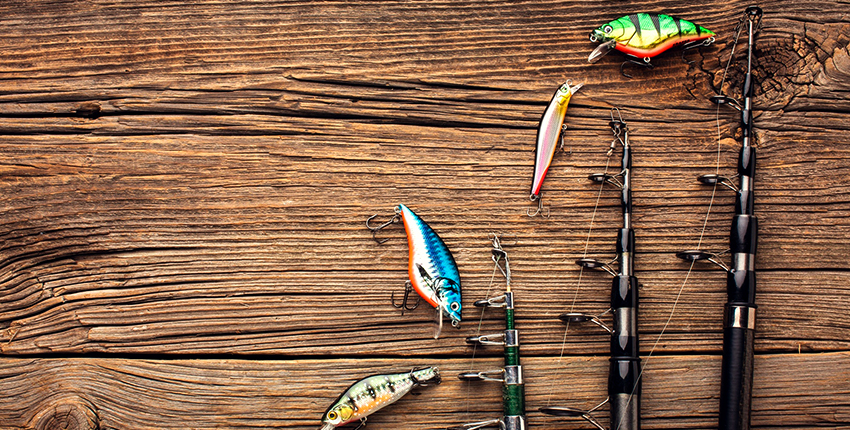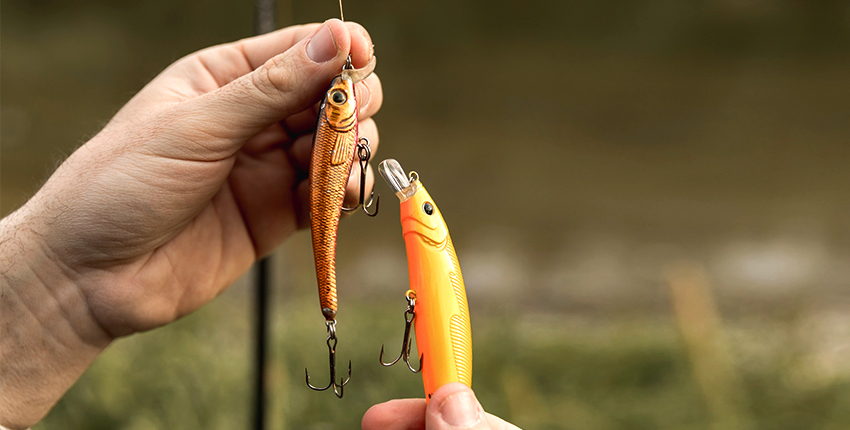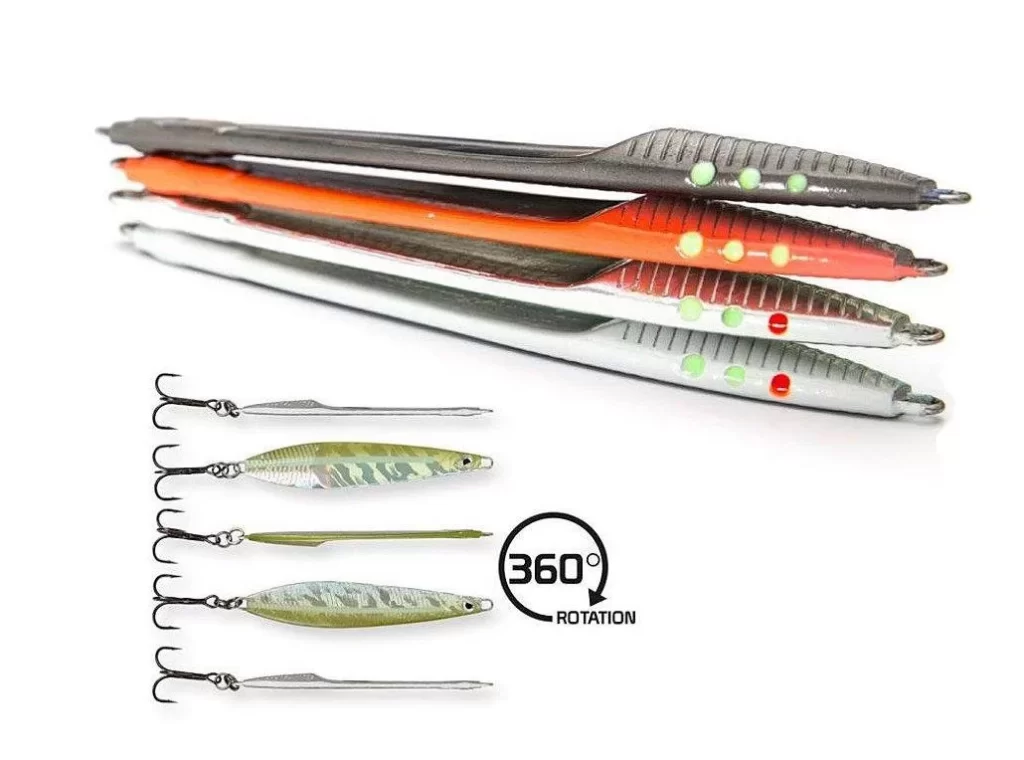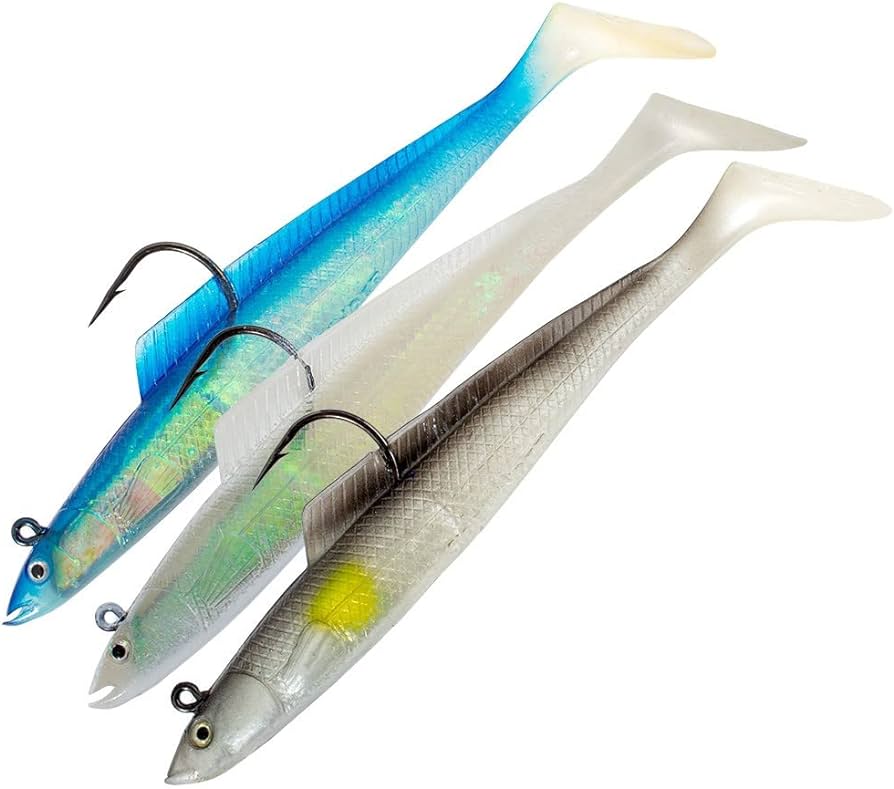The History of Fishing Spinners: From Old-School to Modern Designs
Fishing has evolved over the centuries, as has the equipment anglers use to lure in their catches. Among the most innovative tools are fishing spinners, which have been popular for their effectiveness in attracting fish. The evolution of spinning lures is a fascinating journey that stretches back to ancient times, leading us to the sophisticated designs we see today. In this blog, we’ll dive into the history of fishing spinners, tracing their transformation from simple, handcrafted designs to the high-tech innovations of modern spinners and lures.
The Early Days of Fishing Spinners
The concept of using lures to catch fish dates back thousands of years. Ancient civilizations used basic materials like bones, feathers, and wood to craft lures designed to mimic small prey. While these early creations were rudimentary, they laid the foundation for future advancements in fishing tackle.
It wasn’t until the 19th century that the idea of spinner fishing lures took off. In Europe, anglers began experimenting with metal lures, creating a flashing, spinning motion in the water. These early spinners were designed to attract predatory fish by simulating the movement of a small, injured fish. The light reflected off the spinning blade, imitating the shimmer of fish scales, which proved irresistible to hungry predators.
The Rise of Metal Spinners in the 1800s
In the mid-1800s, a Frenchman named George de Chamberet is often credited with refining the fishing spinner design. He introduced a lure with a metal blade that rotated as the angler retrieved the line. This spinning motion was revolutionary, as it created vibrations and flashes of light, making it easier to catch the attention of fish in murky waters or low-light conditions.
During this time, spinners became increasingly popular, especially in Europe and North America. These early spinning lures were often made from brass or copper, materials that were durable and easy to work with. They featured a blade that would spin around a central axis, creating both visual and auditory stimuli to draw in fish.
The Evolution of Spinners in the 20th Century

As fishing became a more widespread hobby in the early 20th century, manufacturers started experimenting with new materials and designs to improve the effectiveness of spinners and lures. By the 1930s and 1940s, companies like Mepps and Abu Garcia began producing mass-market fishing spinners that were both affordable and highly effective.
These companies introduced new variations of the classic design, including different blade shapes, colours, and weights. This allowed anglers to choose spinners tailored to specific fishing conditions, such as water clarity, depth, and target species. Mepps, for example, introduced the Aglia spinner in 1938, a design that remains popular to this day.
The Birth of Modern Spinner Designs
With the post-war boom in outdoor recreation, spinner fishing lures became even more advanced. Anglers now had access to a wide range of designs, each created for specific fishing environments and species. The development of plastic and synthetic materials also revolutionized the industry, allowing for more lightweight and durable lures.
During the latter half of the 20th century, the focus shifted toward making spinners more versatile and effective in different water conditions. For example, some spinners were designed to work well in fast-flowing rivers, while others were optimized for use in still lakes. This variety allowed anglers to fine-tune their approach, leading to more successful fishing trips.
Key Features of Modern Fishing Spinners
Modern fishing spinners have come a long way from the simple metal blades of the 1800s. Today, they feature cutting-edge designs and materials aimed at maximizing performance. Some of the key features of modern spinning lures include:
- Blade Variety: Today’s spinners come with blades of different shapes—like Colorado, Willow, or Indiana—that offer unique spinning actions. Each blade type is designed to create different levels of flash and vibration, depending on water conditions.
- Colour and Finish: Modern spinners feature a wide array of colours and finishes, including holographic designs that shimmer in the water, attracting fish from a distance. Choosing the right colours in sea fishing lures can make a significant impact on your catch, as certain shades are more visible and appealing to fish in various water conditions. Selecting colours thoughtfully can elevate your fishing experience and increase success rates.
- Weight and Balance: The weight distribution in modern spinners is carefully calibrated for different fishing environments. Heavier spinners are ideal for deep waters, while lighter ones are suited for shallow streams and lakes.
- Hook and Material Quality: High-quality treble hooks and corrosion-resistant materials ensure that today’s spinners are durable and long-lasting, even in saltwater environments.
The Future of Fishing Spinners

As technology continues to advance, the future of spinning lures looks bright. Today, we see innovations such as LED-equipped spinners, which add a new level of attraction for fish, especially in murky waters. Additionally, 3D printing technology is allowing for the creation of highly customized spinners that can be tailored to an angler’s exact specifications.
Sustainability is also becoming a focal point in the industry. Many manufacturers are now using eco-friendly materials and packaging to reduce their environmental impact. This shift toward sustainability is likely to influence future designs, as anglers seek both performance and environmentally-conscious products.
Conclusion
The journey of fishing spinners from rudimentary metal blades to the high-tech, eco-friendly designs of today is a testament to the ingenuity of anglers and designers alike. From the early days of simple spinners used in rivers and lakes to the modern era of LED-enhanced spinner fishing lures, these tools have transformed the way we fish. Whether you’re a seasoned angler or a newcomer to the sport, understanding the history of spinners adds an extra layer of appreciation for these essential pieces of Sea Fishing Tackle. With each cast, you’re not just fishing—you’re participating in a rich tradition that spans centuries.





